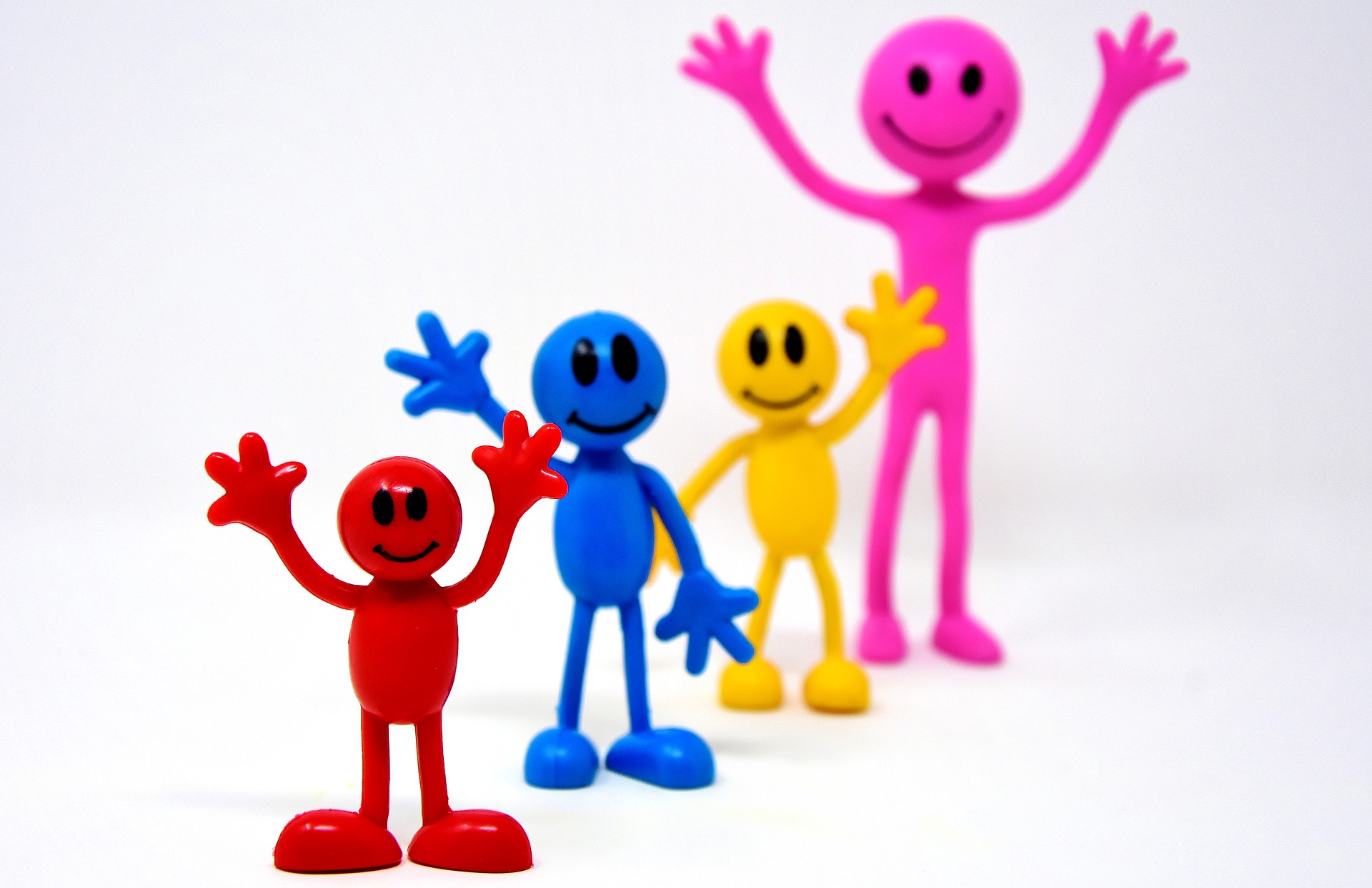
One of my favourite books is ‘Happiness is a warm puppy’ by Charles Schulz – what wisdom! In it, Snoopy and his friends identify what makes them happy – everything from ‘scoffing junk food’ to ‘climbing a tree’, to ‘finding someone you like at the front door’. Looking through it, for the first time in a number of years, it makes me smile – and I feel happy in the moment. The examples are warm and many are funny, but somehow without making fun of any of the characters – I like that.
The study of happiness has been part of my life for a long time, and I think that this book might well have stimulated my interest in learning about it, and reflecting on my own happiness. I examine the scientific evidence and am especially interested in finding ways that we can each try to increase our happiness and wellbeing. You might ask, ‘It’s all very well, but what is happiness? Surely it depends what we mean by that?’ We were getting to that … it’s a good question.
Happiness is generally considered to be made up of a combination of factors. For example:
Happiness is ‘the experience of joy, contentment, or positive well-being, combined with a sense that one’s life is good, meaningful, and worthwhile’. (Sonja Lyubomirsky, positive psychology researcher)
So thinking of this definition, how happy are you? Psychologists have created a number of measures which make it possible to assess levels of happiness or subjective wellbeing, as it is sometimes known. For example, there is the Oxford Happiness Questionnaire that can be found in academic research papers but also in a popular broadsheet. There is also help from the NHS. And there are other self-assessments that have been carefully developed by scientists.
The next question could be, ‘To what extent can we influence our levels of happiness?’ In some groundbreaking research, Lyubormirsky and two other academics (Ken Sheldon and David Schkade) suggested that our potential for happiness is partially inherited (50%), and that happiness is also partly determined by circumstance or differences in life situations (10%). What was really exciting though was their suggestion that as much as 40% of our happiness is under our control – what we do in our daily lives. I appreciate that someone’s ability to do this may well be affected by their mental health. I also recognise that if basic physical and security needs are not met, someone may not have the space or energy to go beyond trying to meet such needs. Nevertheless, I do find this finding hopeful and optimistic in that in principle we may be able to find some way of improving the way we feel.
A shorthand for happiness is simply ‘feeling good’, and my own doctoral research some years ago was based on a course I developed called ‘Feeling Good; Feeling Better’. Its aim was to see whether it was possible for participants to increase their wellbeing. There were mixed results partly because much that is known now was not available at that time. So how can increase our levels of happiness? And is there a formula we could all follow?
Earlier I mentioned the Peanuts book. The last cartoon shows Charlie Brown eating an ice-cream and Lucy who is smelling a flower. The caption says, ‘Happiness is one thing to one person and another thing to another person’. How very true. It goes without saying that each one of us is unique. We have different genes, different upbringing, and experience different circumstances. Our values may differ, and what makes us happy today may not make us happy tomorrow. This means that it makes sense to experiment with different strategies or combinations of strategies, and to discover what works for us, at that particular time.
Fortunately, there is a lot of research that can help, and in my own life, I have drawn on evidence presented by a range of studies. I try out strategies for myself, and share what works for me … and sometimes what hasn’t worked, perhaps because I have not followed it correctly, or because the strategy just didn’t suit me for some reason. In the next post, I will begin to explore some ways to help us become happier, and as a taster, here is a short video.
In the clip the ‘founder of positive psychology’, Martin Seligman speaks about his theory of flourishing, PERMA. These he says are the building blocks of wellbeing and happiness ie. Positive emotions, Engagement, Relationships, Meaning, and Achievement.
Finally, why not have a think about what does happiness mean for you? For me, it’s many small and some big things. Some make me feel joyful, others help me to feel content, some arouse other positive emotions such as wonder.
My list would include:
- Happiness is giving a hug and being hugged back
- Happiness is the delicious smell of my new baby grandson
- Happiness is reading a story to a much-loved child
- Happiness is feeling at peace
- Happiness is time spent with close friends
- Happiness is stopping and smelling the roses … or any other scented herb or flower
- Happiness is hugging a redwood tree
- Happiness is receiving a card made with love especially for me
- Happiness is listening to my husband playing his sax and clarinet
- Happiness is … I could go on,
… but now, over to you.

Thank you for your posts, Carrie, I’m finding them very interesting
Thank you Marina. I’m pleased that you are enjoying the posts. I hope that you will visit again.